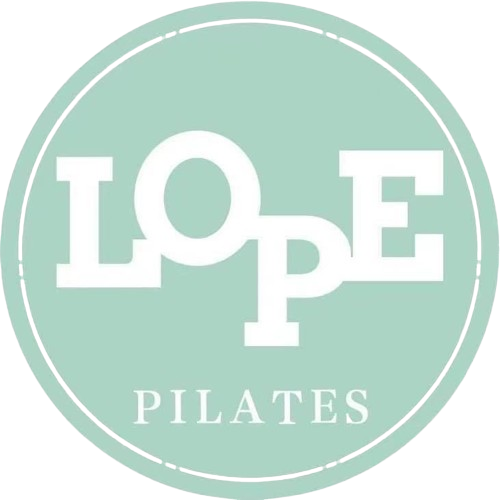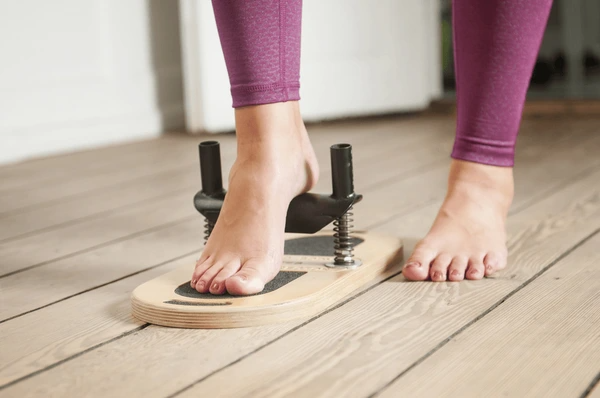Reformer Pilates is a form of exercise that utilizes a specialized piece of equipment called a "reformer." The reformer is a bed-like frame with a flat platform (carriage) that moves back and forth on wheels within the frame. Springs of varying resistance, along with straps, pulleys, and other attachments, are incorporated to provide resistance and assistance during exercises.
Key Components of a Reformer:
-
Carriage: The moving platform where the practitioner lies, sits, or kneels to perform exercises.
-
Springs: Adjustable springs attached to the carriage provide resistance. Different combinations of springs can be used to vary the intensity of exercises.
-
Straps and Handles: Straps and handles are attached to the springs, allowing the practitioner to perform a wide range of movements targeting various muscle groups.
-
Pulleys: Pulleys and ropes are often integrated into the reformer, offering additional exercise possibilities.
Origin of Reformer Pilates:
Reformer Pilates was developed by Joseph Pilates, a German physical trainer, and founder of the Pilates method. Joseph Pilates created the first reformer in the early 20th century as a rehabilitation tool. He initially used bed springs attached to hospital beds to assist injured soldiers in their recovery during World War I.
The reformer was later refined and developed into the equipment we recognize today. Joseph Pilates believed that the reformer, with its adjustable resistance and support, could facilitate targeted strength training, flexibility, and overall physical conditioning.
Key Principles of Reformer Pilates:
-
Control: Exercises on the reformer emphasize precise, controlled movements. Practitioners are encouraged to maintain awareness of their body positioning and engage the appropriate muscles throughout each exercise.
-
Centering: Like other forms of Pilates, Reformer Pilates emphasizes the importance of the core or "powerhouse." The core muscles, including the abdominals, back, and pelvic floor, play a central role in providing stability and support during movements.
-
Breath: Controlled breathing is an integral part of Reformer Pilates. Practitioners coordinate breath with movement, helping to enhance focus, oxygenate the body, and support core engagement.
-
Precision: The reformer allows for a wide range of exercises with precise movements. The goal is to perform each exercise with attention to detail, ensuring proper alignment and muscle engagement.
-
Flow: Exercises on the reformer are often performed in a flowing and continuous manner, promoting fluidity and smooth transitions between movements.
Reformer Pilates has gained popularity in fitness studios and rehabilitation settings worldwide, offering a versatile and effective approach to improving strength, flexibility, and overall physical fitness. It is suitable for individuals of various fitness levels, and modifications can be made to accommodate different needs and abilities.






Share:
The difference between yoga and Reformer Pilates
Reformer Pilates at home